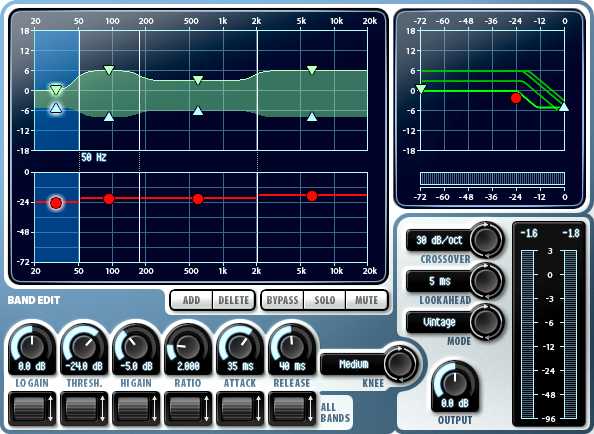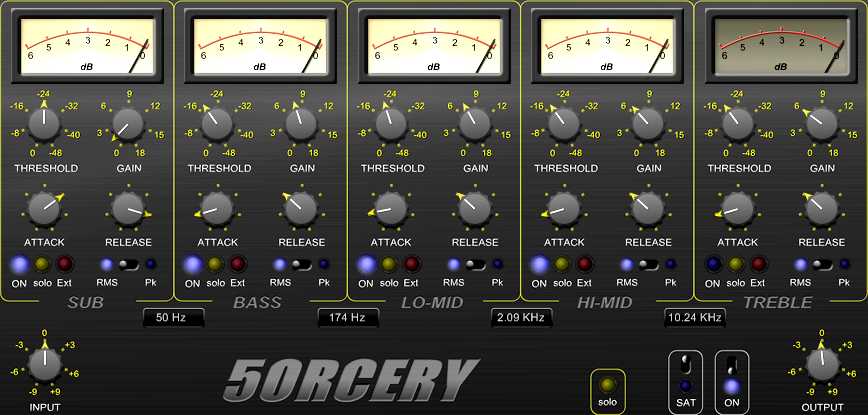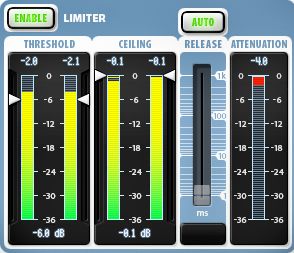

? | Home page | Tutorial | Mixing in practice | Mastering


















Page de messages n° 1 2 3 4 5 6 7 8 9 10 11 12 13 14 15 16 17 18 19 20 21 22 23 24 25 26 27 28 29 30 31 32 33 34 35

FromMe
le 13/10/2025 à 12h14
Hello.
So how can I contact LePou?
The latest X64 version of Legion has a bug where the Drive amount jumps when changing from green/red channels. The knob doesn't jump, but you can hear the drive amount jump when tweaking a little bit, so who knows what the default or chosen sound is being used whenever?
Also similar problems with the Engl as well. The old V 1.01 x86 32 bit version of Legion works perfectly however. (but the newer 64 bit version does sound a bit better, sadly).
Has you or anyone else noticed this?
I want to contact him for a way to fix these plugin bugs.
* * * * * * * * * * * * * * * *
Hello,
To my knowledge, Lepou has not been active for years in the simulation community. I think he has completely given up by lack of time and motivation. So I doubt he'll be willing to fix any bugs, and I have no idea how to contact him.
Grebz

musicien-bidouilleur
le 07/09/2025 à 17h58
Juste pour t'encourager et te féliciter pour ton travail. Bonne source d'informations.
J'ai écouté en partie ta musique : il y a un monde entre 2008 et 2020, non pas concernant les titres que j'aime bien mais concernant leur réalisation. 2020 >>> 2008 à mon humble avis.
Le travail et la persévérance paient !
Bravo.
* * * * * * * * * * * * * * * *
Merci beaucoup, ça me fait très plaisir !
Grebz

ace0fspades
le 25/08/2025 à 05h50
Thanks for the free impulses! Great stuff!
* * * * * * * * * * * * * * * *
Thanks for visiting!
Grebz

Jimmy
le 09/12/2021 à 15h16
Hello,
I would like to config my Schuffham S-Gear 2 but I don't know how to do.
I have Logic Pro X.6.2 with S-Gear plugin
I found your website and I ask myself what does it means in the folder Schuffham S-Gear 2.
I don't understand what you have writing like in this exemple : Guitar on the left:
1 impulse of baffle Marshall 1960A (loudspeaker: G12M) through a microphone Neumann U67 in Cap Edge position, at a distance of 2 inches (5 cm). Stereo panning: 100% left.
1 impulse of baffle Marshall 1960A (loudspeaker: G12M) through a microphone Neumann U87 in Cap Edge position, at a distance of 4 inches (10 cm). Stereo panning: 100% left.
How can I find the same sound as you ? How can I do to config my own S-Gear with these parameters ? What does it means ?
Sorry for my English ;) I’m French !
You can answer me directly on my email address.
Thanks in advance.
Jimmy

Labrava
le 29/10/2021 à 13h49
Hi Grebz,
I don't know if you read these... but I was wondering if your Lepou plugins are x32 or x64? Thanks for all the great stuff on here!
* * * * * * * * * * * * * * * *
Hello, thanks for visiting my website. They're x64.
Grebz
